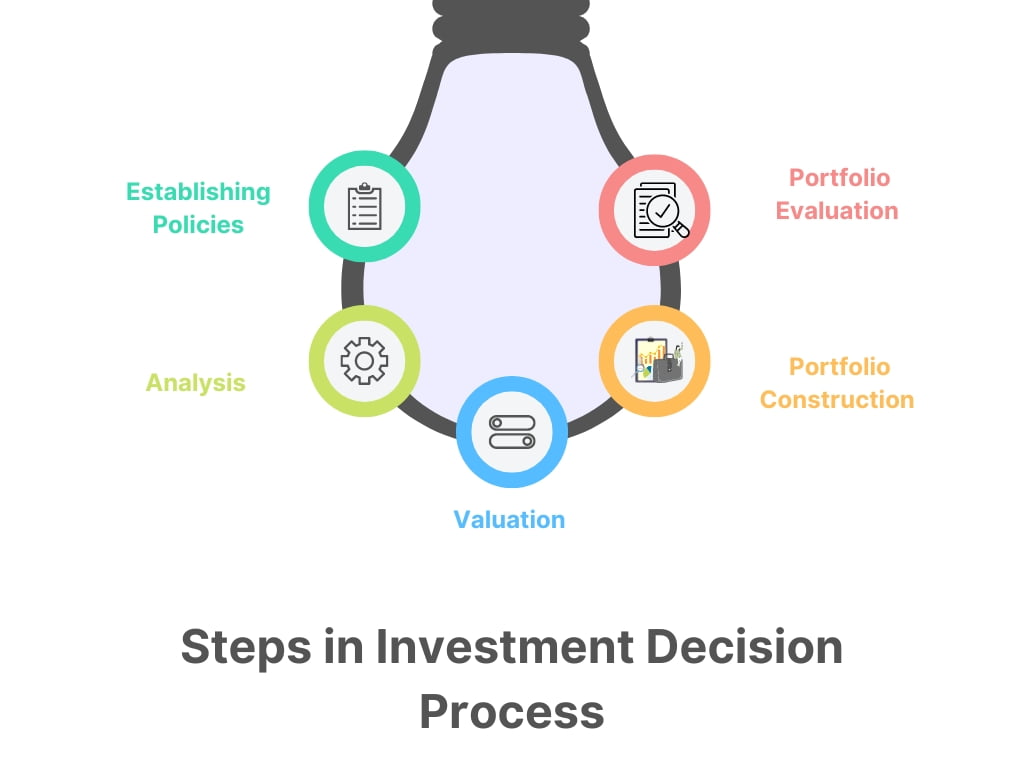In an era dominated by rapid financial transactions and constant market fluctuations, the notion of making a single investment decision annually might seem unconventional. However, this strategy, often termed “annual investing,” offers a unique approach to wealth accumulation. By committing to one investment per year, investors can potentially reduce emotional biases, lower costs, and simplify their financial planning. This comprehensive analysis delves into the advantages, challenges, and psychological underpinnings of this investment strategy.

🧠 Understanding the Annual Investment Strategy
What Is Annual Investing?
Annual investing involves selecting a single investment opportunity once a year, as opposed to frequent trading or rebalancing. This approach emphasizes long-term growth and aims to minimize the impact of short-term market volatility.
Key Characteristics
- Simplicity: Reduces the complexity of managing multiple investments.
- Cost Efficiency: Minimizes transaction fees and taxes associated with frequent trading.
- Reduced Emotional Bias: Limits impulsive decisions driven by market fluctuations.
Read More:https://wealthfitlife.com/investing-like-a-minimalist-portfolio-simplicity-that-beats-complexity/
📉 The Psychological Impact: Decision Fatigue
What Is Decision Fatigue?
Decision fatigue refers to the deteriorating quality of decisions made after a long session of decision-making. In the context of investing, this can lead to suboptimal choices and increased susceptibility to biases.
Academic Insights
A study by Baer and Schnall (2021) highlighted that decision fatigue in financial contexts can result in risk-averse decisions and a preference for default options. Their research demonstrated that credit officers’ approval rates declined as the day progressed, suggesting that cognitive depletion affects decision quality .
Furthermore, Hirshleifer et al. (2018) found that financial analysts’ forecast accuracy diminished with the number of forecasts issued, indicating that decision fatigue leads to reliance on heuristics and consensus, rather than independent analysis .
Implications for Investors
By limiting investment decisions to once a year, individuals can mitigate the effects of decision fatigue, leading to more rational and deliberate investment choices.
📊 Financial Implications: Performance and Risk
The Case for Passive Investing
Passive investment strategies, such as investing in index funds, have gained popularity due to their low costs and consistent performance. For instance, the Vanguard 500 Index Fund, introduced by John Bogle in the 1970s, has become a benchmark for passive investing .
Performance Metrics
- Cost Efficiency: Passive funds typically have lower management fees, often below 1%.
- Consistency: Over long periods, passive funds have shown to outperform many actively managed funds.
- Diversification: Index funds provide broad market exposure, reducing individual stock risk.
Academic Perspective
Research indicates that passive investing strategies can yield competitive returns over extended periods. For example, a study by Loeys and Wise (2024) emphasized the benefits of a simplified investment strategy focusing on diversified passive funds, suggesting that complexity does not necessarily lead to better outcomes .
🧩 Balancing Simplicity and Strategy
Selecting the Right Investment
Choosing the appropriate investment is crucial in an annual investing strategy. Factors to consider include:
- Risk Tolerance: Assessing one’s ability to withstand market fluctuations.
- Investment Horizon: Aligning investments with long-term financial goals.
- Diversification: Ensuring the investment complements existing assets.
The Role of Financial Advisors
Consulting with financial advisors can provide personalized insights and help in selecting investments that align with individual goals and risk profiles.
✅ Conclusion
Opting to make a single investment decision per year offers a structured approach to wealth accumulation. By reducing decision fatigue, minimizing costs, and focusing on long-term goals, investors can enhance their financial outcomes. While this strategy may not be suitable for everyone, it presents a compelling alternative for those seeking simplicity and consistency in their investment journey.
❓ Frequently Asked Questions
Q1: Is annual investing suitable for beginners?
A1: Yes, annual investing can be an excellent strategy for beginners, as it simplifies the investment process and reduces the likelihood of making impulsive decisions.
Q2: How can I ensure my annual investment aligns with my financial goals?
A2: It’s crucial to conduct thorough research and consider consulting with a financial advisor to select investments that match your risk tolerance and long-term objectives.
Q3: Does annual investing guarantee higher returns?
A3: While annual investing can be effective, it doesn’t guarantee higher returns. The success of this strategy depends on the quality of the initial investment decision and the chosen assets.
Q4: Can I adjust my investment strategy if my financial situation changes?
A4: Yes, it’s important to review and adjust your investment strategy periodically to ensure it remains aligned with your current financial situation and goals.
By considering the psychological aspects and financial implications, investors can make informed decisions about adopting an annual investment strategy. Whether you’re a novice or an experienced investor, this approach offers a structured path to achieving long-term financial success.
